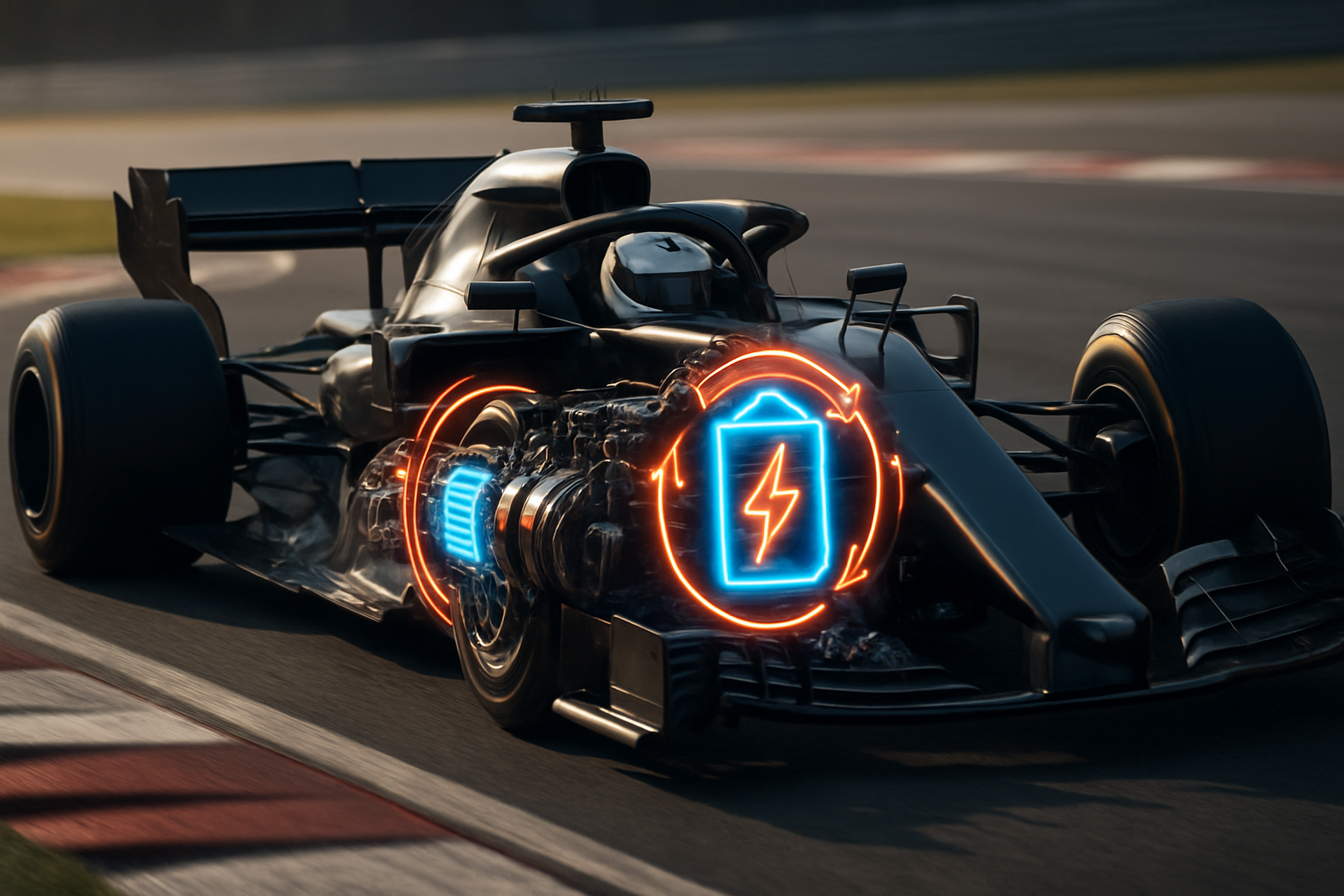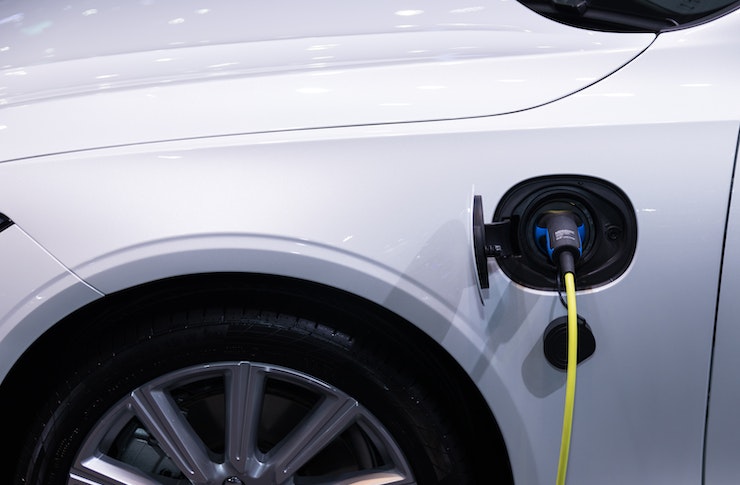Current Trends in Automotive LED Technology and Market Growth
The automotive LED market is experiencing unprecedented growth as manufacturers embrace energy-efficient lighting solutions. From advanced headlight systems to interior ambient lighting, LED technology continues to revolutionize vehicle design and functionality. Understanding these emerging trends helps consumers make informed decisions about their automotive lighting needs while staying current with industry innovations.

What Are the Latest Current Trends in Automotive LED Technology
The automotive industry has witnessed a significant shift toward LED lighting systems, driven by their superior energy efficiency, longevity, and design flexibility. Modern vehicles increasingly feature LED components in headlights, taillights, interior lighting, and decorative elements. These semiconductors produce light through electroluminescence, consuming up to 75% less energy than traditional incandescent bulbs while lasting 25 times longer.
Manufacturers are integrating smart LED systems that adapt to driving conditions, weather, and ambient light levels. Matrix LED headlights, for example, can selectively dim individual LED segments to avoid blinding oncoming traffic while maintaining optimal road illumination. This technology represents a major advancement in automotive safety and convenience.
How Current Trends in Automotive LED Are Shaping the USA Market
The United States automotive LED market has experienced remarkable growth, with analysts projecting continued expansion through 2030. American consumers increasingly prioritize vehicles equipped with advanced LED lighting systems, driving demand across all vehicle segments from economy cars to luxury SUVs.
Regulatory changes have also influenced adoption rates. The National Highway Traffic Safety Administration has updated standards to accommodate new LED technologies, while state regulations increasingly favor energy-efficient lighting solutions. This regulatory environment has encouraged manufacturers to invest heavily in LED research and development.
American automotive suppliers like Lumileds, Cree, and Osram have established significant market presence, competing with international manufacturers to develop cutting-edge LED solutions. These companies focus on creating products that meet specific requirements for durability, performance, and cost-effectiveness in the American market.
What Current Trends in Automotive LED USA Consumers Should Know
Consumers in the USA are driving several key trends in automotive LED adoption. Customization has become increasingly popular, with aftermarket LED kits allowing vehicle owners to personalize their lighting systems. Color-changing LED strips, underglow lighting, and custom headlight retrofits represent growing market segments.
Safety remains the primary consideration for most American consumers. LED headlights provide better visibility during night driving and adverse weather conditions, while LED brake lights illuminate faster than traditional bulbs, giving following drivers additional reaction time. These safety benefits have made LED upgrades particularly popular among safety-conscious drivers.
Smart connectivity features are emerging as another significant trend. LED systems that integrate with smartphone apps allow users to control lighting patterns, colors, and intensity levels. Some advanced systems even sync with music or respond to vehicle performance metrics, creating immersive driving experiences.
| LED Component | Average Cost Range | Installation Complexity | Typical Lifespan |
|---|---|---|---|
| LED Headlight Kit | $150-$800 | Moderate to High | 15,000-30,000 hours |
| LED Tail Light Assembly | $200-$600 | Low to Moderate | 25,000-50,000 hours |
| Interior LED Kit | $50-$300 | Low | 50,000+ hours |
| Underglow LED System | $100-$500 | Moderate | 30,000-50,000 hours |
| Matrix LED Headlights | $1,500-$5,000 | Professional Required | 20,000-40,000 hours |
Prices, rates, or cost estimates mentioned in this article are based on the latest available information but may change over time. Independent research is advised before making financial decisions.
Emerging Technologies in Automotive LED Systems
Micro-LED technology represents the next frontier in automotive lighting. These ultra-small LEDs enable manufacturers to create incredibly precise lighting patterns while consuming minimal power. Automotive applications include high-resolution displays, adaptive headlights with thousands of individual control points, and ultra-thin lighting elements that integrate seamlessly into vehicle designs.
Organic LED (OLED) technology is gaining traction for interior and exterior automotive applications. OLED panels can be curved, flexible, and semi-transparent, opening new possibilities for innovative lighting designs. Several luxury manufacturers have begun incorporating OLED taillights and interior ambient lighting systems.
Laser-assisted LED systems combine traditional LED technology with laser diodes to achieve unprecedented brightness and range. These hybrid systems are particularly valuable for high-beam applications, providing illumination distances exceeding 600 meters while maintaining energy efficiency.
Market Challenges and Future Outlook
Despite rapid growth, the automotive LED market faces several challenges. Heat management remains a critical concern, as LEDs require effective thermal management to maintain performance and longevity. Manufacturers continue developing advanced heat sink designs and thermal management systems to address these requirements.
Cost considerations still influence adoption rates, particularly in entry-level vehicle segments. However, decreasing LED production costs and increasing consumer demand are gradually making LED lighting systems more accessible across all price points.
The integration of LED systems with autonomous vehicle technologies presents both opportunities and challenges. Self-driving vehicles require sophisticated lighting systems for communication with other vehicles and pedestrians, driving innovation in programmable LED displays and adaptive lighting systems.
Regulatory harmonization across different markets remains an ongoing challenge. Manufacturers must navigate varying standards and requirements across different countries and regions, potentially limiting the global deployment of certain LED technologies.
The automotive LED market continues evolving rapidly, with new applications and technologies emerging regularly. As manufacturing costs decrease and performance improvements continue, LED lighting systems are becoming standard equipment rather than premium options. This trend suggests that LED technology will play an increasingly central role in automotive design and functionality, making it essential for consumers and industry professionals to stay informed about these developments.




